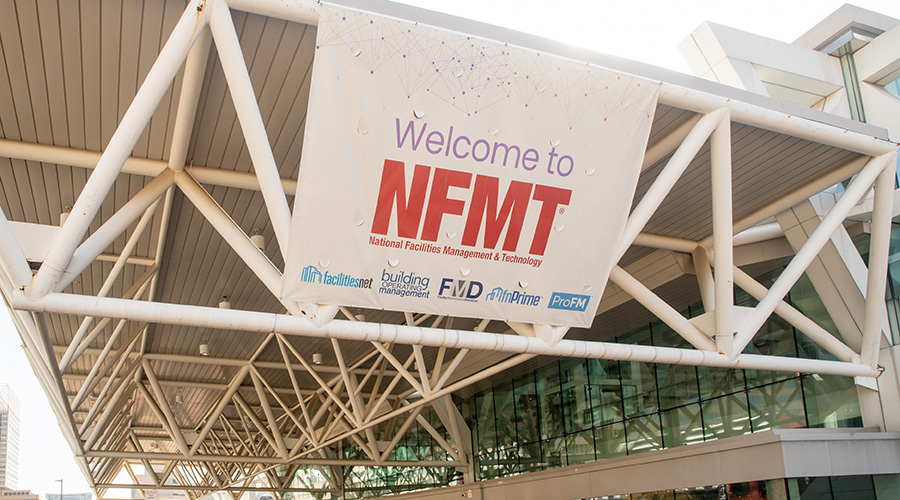How Facility Managers Can Use Contingency Planning to Strengthen Resilience
Organizations should prioritize assets based on their mission and condition, ensuring the most critical assets or services are restored quickly.
Strategic resilience planning that centers on the consequences of a crisis adopts a risk-focused perspective, integrating risk assessment directly into organizational decision-making processes. Instead of evaluating potential risks based solely on their likelihood of occurring, this approach places the primary emphasis on the severity of the risks’ consequences or impacts, whether on daily operations, services or key stakeholders.
By focusing on the gravity of possible outcomes, managers can ensure that their organizations are better equipped to prioritize resources, address and mitigate threats and ensure their strategies closely align with long-term objectives. This method is widely used across business environments and risk management frameworks because it fosters resilience and encourages proactive decision-making. Through this approach, managers and their organizations can effectively safeguard their most critical functions and support continuity, even in the face of significant challenges.
Organizations should prioritize assets based on their mission and condition, ensuring the most critical assets or services are restored quickly. Imagine a disaster that impacts every physical asset in a facility at the same time. Which asset is most critical? The answer should be based on the consequences of the failure, as well as on the impact on the facility or service.
Organizational continuity is one major aspect of facilities resilience planning. Identifying assets that must remain online and functional can enable managers to mitigate the extent of the damage from the crisis.
Contingency planning funding
Contingency planning to support resilience goals often involves creating backup systems, emergency response and financial reserves to minimize downtime and risks. Unlike public infrastructure, private facilities rely on self-managed budgets, insurance, credit lines or investor capital rather than on government grants. This funding acts as a safety net to maintain operations during disruptions, including natural disasters and economic downturns.
One example of this type of funding is a dedicated pool of money — often 5-20 percent of the total budget — that is set aside for unforeseen expenses. For private facilities, this funding is typically drawn from operating cash flow, equity or loans.
Every organization must have a resilience contingency plan in place for those unplanned events that inevitably will impact organizations and services. By being proactive, managers can provide the facility with actionable plans to mitigate the consequences of the event, as well as to restore the assets or services to operation efficiently and effectively.
For actionable steps, managers should consider downloading FEA’s property resilience assessment checklist mentioned above or CISA’s Infrastructure Resilience Planning Framework Playbook for detailed guidance. Managers need to always tailor their resilience plans to specific hazards and organizational priorities.
As I write this article, my internet service has gone down for the third day in a row, which is very frustrating. When I called to file a complaint, the provider said they have contingency plans — dual fiber optic cable in case one is damaged. My provider needs a better contingency plan.
Andrew Gager is CEO of AMG International Consulting. He is a professional consultant and facilitator with more than 20 years of partnering with organizations in achieving strategic objectives and goals.
Related Topics:













